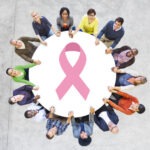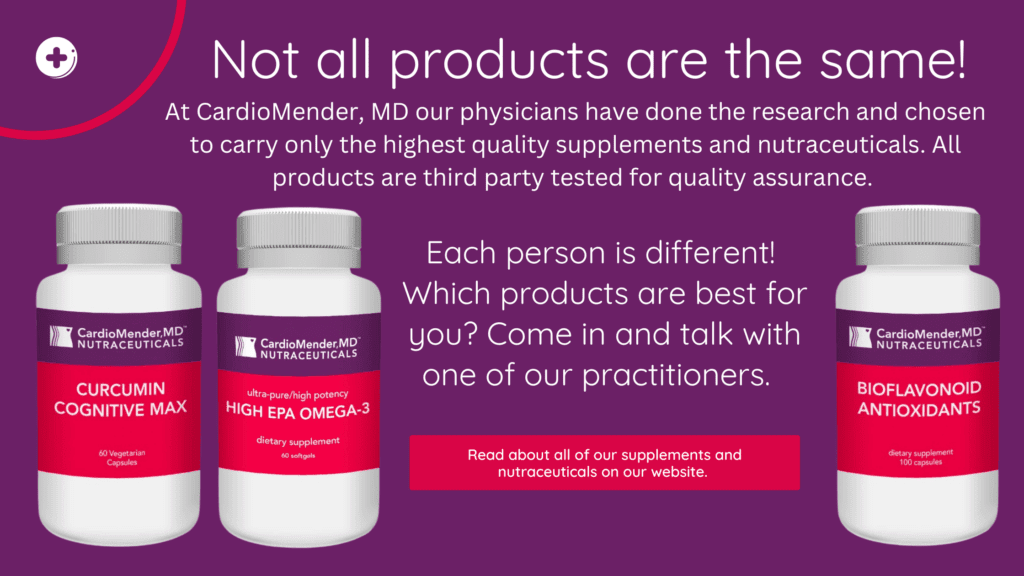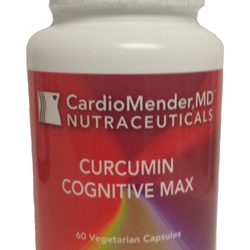Pull out your pink ribbons… because Breast Cancer Awareness Month is here! … And men, you are at risk as well.
Breast Cancer Awareness Month reminds us that breast cancer remains one of the most common cancers, with one in eight women being diagnosed with this cancer in her lifetime, and it is still a leading cause of death from cancer. Breast cancer continues to be a significant scientific and medical challenge. According to the National Cancer Institute, the estimated new cases and deaths from breast cancer in the United States in 2014 are:
- Approximately 1% of all new invasive breast cancer patients are male
- New cases: 232,670 (women); 2,360 (men)
- Deaths: 40,000 (women); 430 (men)
Research is ongoing into the prevention and best treatment for breast cancer. In fact, the National Institute of Health (NIH) has budgeted an estimate $674 billion for 2015 towards this important cause.
In regards to types of breast cancer, the most common is ductal carcinoma, which begins in the lining of the milk duct. However, another prominent type of breast cancer is lobular carcinoma, which begins in the lobules, or milk glands, of the breast. Invasive breast cancer is any breast cancer that has spread from where it began to surrounding normal tissue. Breast cancer can occur in both men and women, although male breast cancer is much less common.
What are the guidelines on screening for breast cancer?
Screening is crucial to detecting early abnormalities that may be more easily treated!
Women aged 40 and older should have a mammogram every year and should continue to do so for as long as they are considered to be in good health. The evidence supporting mammograms is stronger than ever. Women can feel secure about the benefits associated with regular mammograms for finding cancer early. Like anything, mammograms also have limitations. A mammogram can miss some cancers, and it may lead to further tests to follow up abnormal findings that turn out to be not cancer.
Women in their 20s and 30s should have a clinical breast exam as part of a regular health exam by a health professional at least every 3 years. Starting at age 40, women should have a breast exam by a health professional every year.
Women who are considered to be a high risk for breast cancer based on certain factors should get an MRI and a mammogram every year.
This includes women who:
- Have a known BRCA1 or BRCA2 gene mutation
- Have a first-degree relative, meaning parent, sibling or child, with a BRCA1 or BRCA2 gene mutation and have not had genetic testing themselves
- Have had radiation therapy to the chest when they were between the ages of 10 and 30 years
- Have a lifetime risk of breast cancer of about 20% to 25% or greater, according to risk assessment tools that are based mainly on family history
For most women at high risk, screening with MRI and mammograms should begin at age 30 years and continue for as long as a woman is in good health. This decision is best made on a shared basis between patients and their health care providers because the evidence is limited about the best age at which to start screening in certain circumstances.
Do nutrition and lifestyle play a part in breast cancer?
One of the crucial gaps regarding breast cancer is how to implement a maintainable preventive lifestyle strategy (1). Factors that increase risk and those that decrease risk need to be considered. Some risk factors, such as genetic predisposition, cannot be changed, but others, that include a healthy, balanced diet and increased physical activity, can be addressed. As of yet, there is no randomized trial that clearly demonstrates this.
Being overweight or obese increases breast cancer risk; however, this connection between weight and breast cancer risk is quite complex. Increased body mass index (BMI) and increased abdominal fat are often associated with higher insulin levels. These higher insulin levels and insulin resistance have been linked to many cancers, including breast cancer. Additionally, estrogen plays a part as well. Before menopause the ovaries produce most of a woman’s estrogen, and fat tissue produces a small amount of estrogen. After menopause, most of a woman’s estrogen comes from fat tissue. This means that having more fat tissue after menopause can increase a woman’s chance of getting breast cancer by raising estrogen levels.
Evidence is growing that increased physical activity in the form of exercise reduces breast cancer risk. In one study from the Women’s Health Initiative, a large clinical study funded by the government, as little as 1.25 to 2.5 hours per week of aerobic activity, like brisk walking, reduced a postmenopausal woman’s risk by 15 to 20 percent. The benefits were even great in premenopausal women who exercise.
Drinking alcohol in excess is definitely linked to an increased risk of developing breast cancer. Compared to women who do not drink, women who have one alcoholic drink a day may have a minimal increase in risk. Those who have two to five alcoholic drinks daily have about 1.5 times the risk of women who do not drink at all. The American Cancer Society recommends that women have no more than one alcoholic drink a day.
Are there any specific nutrients that have been studied?
Dietary fats have been looked at in great length in the role of preventing breast cancer. Omega-3 fatty acids , like those found in fish, may in fact, provide some protection against breast cancer (2) and have anti-inflammatory benefits. On the other hand, a diet more rich in omega-6 fatty acids , like those found in vegetable oils and animal sources, may increase cancer risk and are pro-inflamatory. Therefore, a Mediterranean diet that has a higher omega-3 fatty acid to omega-6 fatty acid ratio is considered to be beneficial to decrease overall cancer risk (3).
Polyphenols are an extremely diverse group of compounds that can be found in many pigmented fruits and vegetables, and are especially concentrated in berries, olives, tea leaves and grapes. Polyphenols increase the omega-3 fatty acid to omega-6 fatty acid ratio and, as expected, are associated with a decreased breast cancer risk (4). Organic foods have been shown to contain higher levels of these good substances than non-organic foods.
So….what does this mean?
- Screening is key for early diagnosis and early treatment, including regular screening mammography* , self-breast examinations*, and regular check-ups with your healthcare professional*
- Pay attention to your body. If you have any of the following: a breast lump or bump, breast pain or discharge- don’t ignore it; schedule a prompt appointment with your healthcare professional
- Increase the omega-3-fatty acids in your diet and limit sources of omega-6 fatty acids. If you take a supplement make sure it is adequately purified and pharmaceutical grade. Some preparations are not and may contain harmful contaminants. Exclude preparations that contain pro-inflammatory omega-6 fatty acids.
- Increase your consumption of pigmented fruits and vegetables in your diet.
- Limit alcohol intake
- Make sure your loved ones get checked.
- We can’t change our genes, but we can change some risk factors, like nutrition and physical activity.
CardioMender, MDTM‘s approach to weight loss provides customized medically-supervised plans that help you lose weight the healthy way. Learn more today!
Click here for a List of Breast Cancer Awareness Events in October
Footnotes:
* Per current medical guidelines
References:
1. Eccles, SA et al. Critical research gaps and translational priorities for the successful prevention and treatment of breast cancer. Breast Cancer Res 2013. 15:R92.
2. Zheng JS, Hu XJ, Zhao YM, Yan J, Li D. Intake of fish and marine n-3 polyunsaturated fatty acids and risk of breast cancer; meta-analysis of data from 21 independent prospective cohort studies. BMJ 2013;347;f4518.
3. De Lorgeril M, Salen P. New insights into the health effects of dietary saturated and omega-6 and omega-3 polyunsaturated fatty acids. BMC Med 2012;10:50.
4. Hui C, Qi X, Qianyong Z, Xiaoli P, Jundong Z, Mantian M. Flavonoids, flavonoid subclasses and breast cancer risk: a meta-analysis of epidemiologic studies. PLoS One 2013; 8:e54318.





